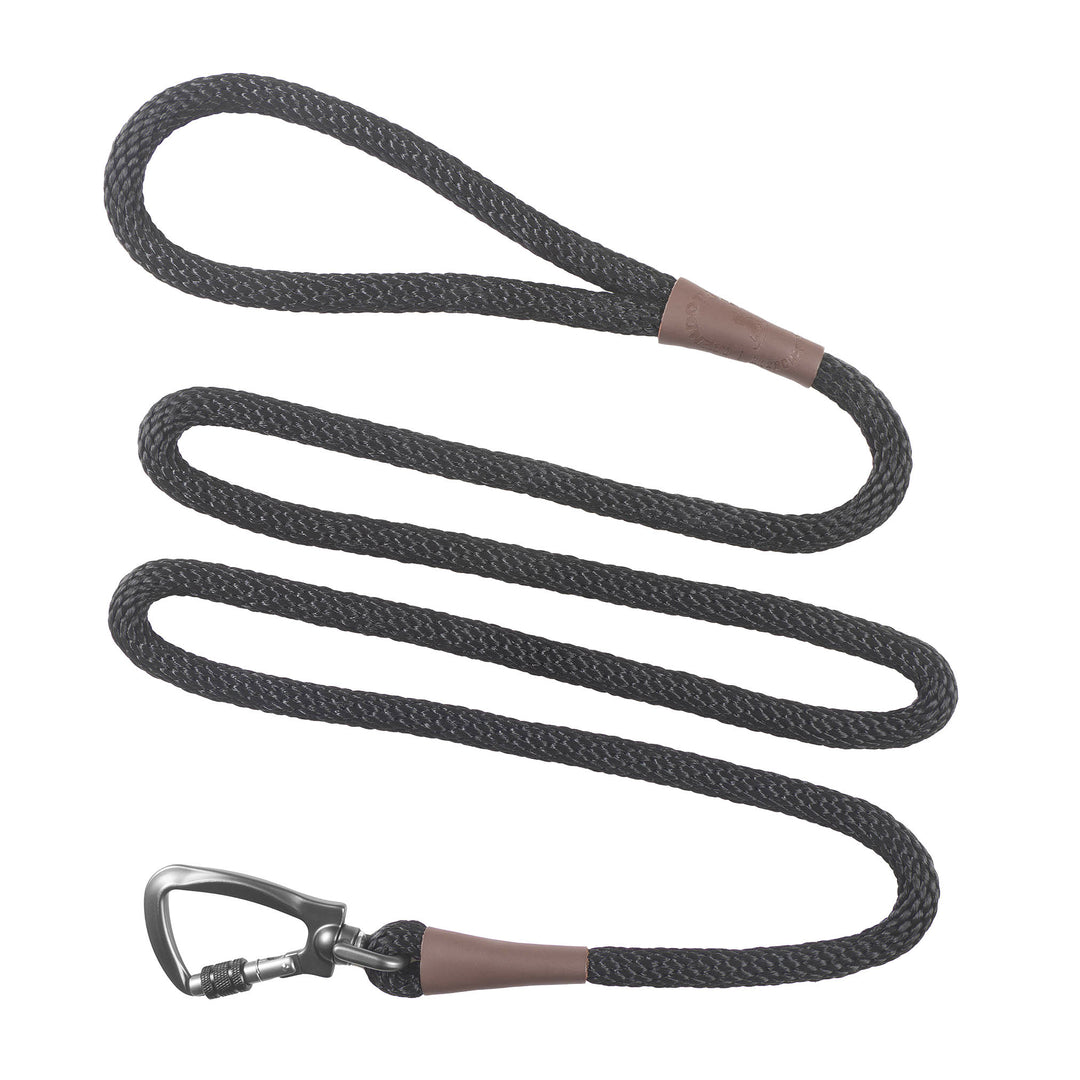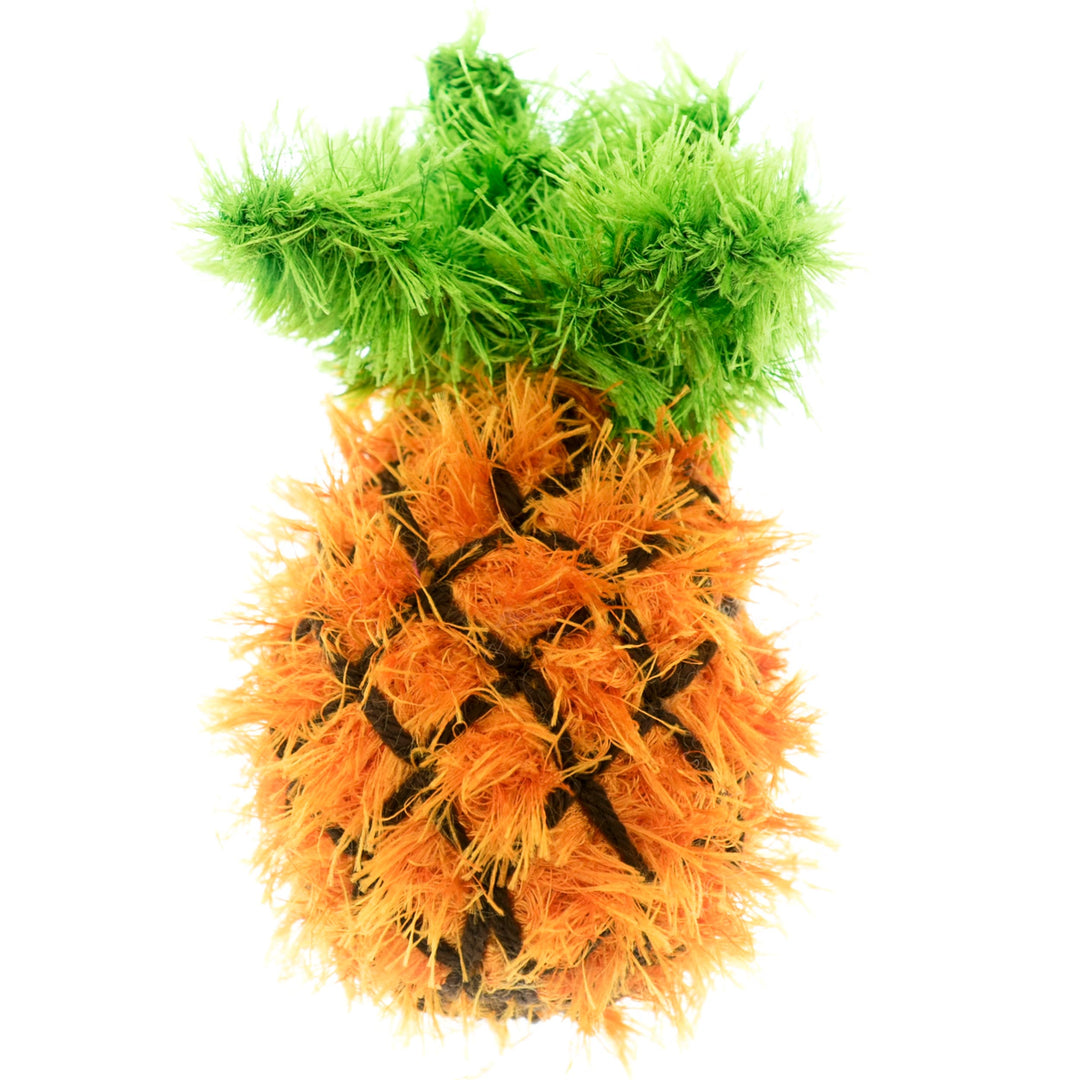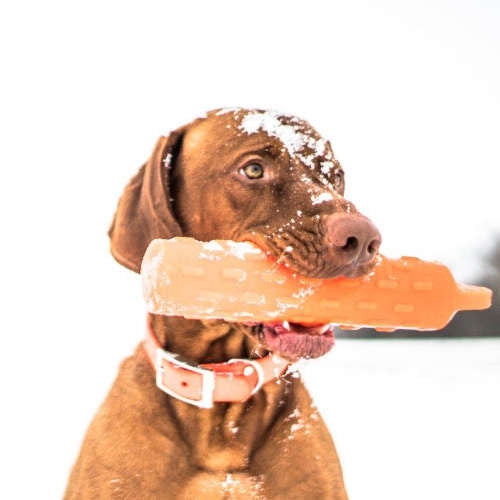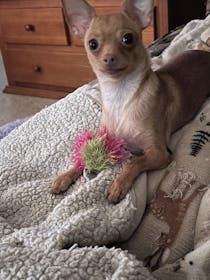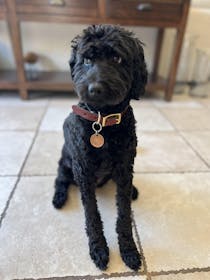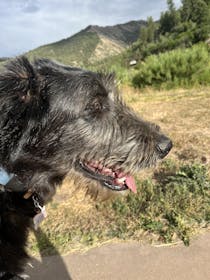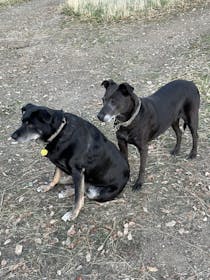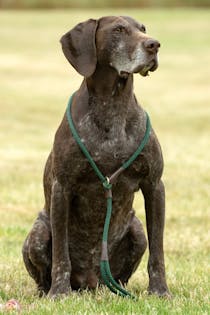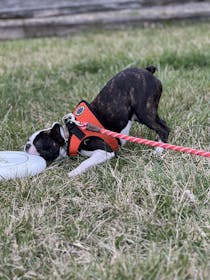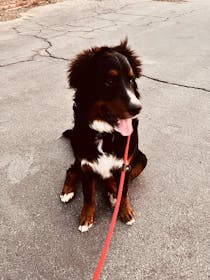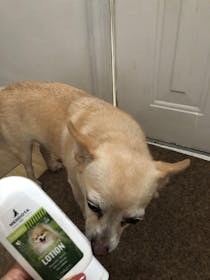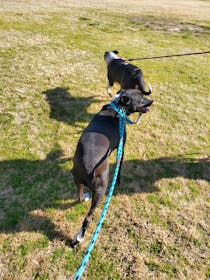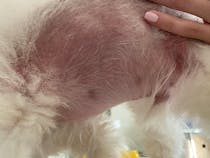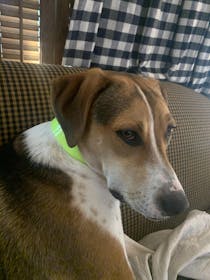Yeast Dermatitis in Dogs: The Good, The Bad and The Ugly

Far too often, when dogs are diagnosed with allergies, they are actually suffering from an overgrowth of yeast.
When your pet’s body is in balance, yeast is an excellent source of beta-glucan, which is a powerful antioxidant that helps ward off skin damage, repair skin damage and protect your skin.
But, when your pet's body is out of balance, the problems begin...
Yeast versus Allergies
It's very easy to look at a dog and assume his symptoms are a result of allergies. Allergies seem to impact all of us these days!
But, the key difference between yeast and allergies is that an overgrowth of yeast is easily cured, while allergies are chronic and incurable.
Would you prefer your dog be diagnosed with an easy to fix condition, or a condition they will battle their entire lives?
This is just one more reason why groomers and veterinarians should spend time studying and understanding this condition. And it’s also why pet parents need to remain vigilant for signs of yeast in their four-legged friends.
Yeast: The Good
Yeast is a naturally occurring, beneficial fungus that is a very normal part of the body chemistry in both pets and people.
Yeast, in and of itself, is not a bad thing. The word "yeast" comes to us from Old English -gyst, which means "yeast" and from the Indo-European root yes-, meaning "boil, foam, or bubble".
There are many types of yeast - some is used to make bread, others are used to brew beer or even to make kombucha. In fact, the yeast of red yeast rice is used to lower cholesterol in some cultures.
Other types of yeast occur on your skin and some forms of yeast are so helpful to the body that doctors are using it to develop drugs that treat aggressive forms of cancer!
As long as the balance is maintained through a healthy immune system, all is well.
But there is a more sinister side of yeast...
Some species of yeast are known as “opportunistic pathogens” which is another way of saying; you’re going to have serious problems if the system becomes unbalanced.
Yeast: The Bad
The Candida genus of yeast contains over 200 yeast species. It's the most common type of fungal infection in people and pets with compromised immune systems. It can invade any part of the body in both animals and humans.
Yeast dermatitis, also known as Malassezia dermatitis, is caused by an overgrowth of the fungus Malassezia pachydermatis. This type of yeast tends to invade ear canals as well as your pet's more "personal" areas.
Yeast does not require sunlight to grow, which is why we often see symptoms of the fungus in “hard to reach” areas, like under the belly, in ears, between the paw pads and nail beds, as well as other regions.
The problems with yeast occur when our pets’ natural body chemistry is disrupted. This can occur when small things happen to your pet, including:
- Shaving the fur too closely
- Administering antibiotics (and other types of medications)
- Scratching (from ticks, fleas, allergens or other irritation)
- Compromised immunity due to an illness

We see a lot of "yeasty" dogs throughout the world, but it is especially common in hot and humid environments.
Big problems arise when the skin, our body's largest natural organ, is nicked or otherwise opened - which allows the fungi to travel inside.
Yeast: The Ugly
Symptoms are already in place by the time yeast completely unbalances the system. Pet parents, groomers, and veterinarians should be very watchful of the following symptoms of a yeast infection (or overgrowth of yeast):
Paws:
Chewing or licking paws, and dark rusty-red hair between the toes. If a dog or cat chews at their paws, there’s usually a good reason: they may have a cut, broken toenail, or something else that’s bothering him.
But if he is constantly licking or chewing his paws, it's most likely due to a yeast infection between the toes or in the nail beds. The hair becomes red or rusty-colored because of the yeast, not because of the licking.
The "corn chip" smell that you may notice coming from your pets paws is part of their natural flora. If you notice a distinct increase in this smell, it's time to treat for yeast.

Ears Infections:
If your dog is prone to ongoing ear infections, which includes scratching the ears, shaking their head, and obvious discomfort, it's very possible your dog is suffering from yeast.
Beagles, cocker spaniels and other floppy ear dogs may be more prone to these conditions due to the ability for yeast to hide in dark, damp places.
Of course, there are many other things that may be causing these symptoms, (including ear mites or an actual ear condition). This is why you should always seek treatment from a qualified veterinarian before beginning other treatments.

Digestive Disorders:
You may notice your pets have lost their appetite or become lethargic. There are many reasons for digestive issues and they should always be evaluated by a veterinarian.
But when other issues have been identified and treated, yet the condition continue, it may be a result of yeast overbloom.
Skin Conditions:
Hair loss on the tail and upper back. There can be many reasons for this, but yeast is always one of the problems. Most cases of hair loss can be completely treated with our DERMagic Skin Care System.

Speckles: Tiny black dots on the underbelly or red discoloration around the genitals. Daily (or at least weekly) grooming should reveal this early indicator of yeast.

Odors: A foul smell from the skin. Skin disorders almost always manifest with a strong scent. You’ll often witness greasy hair, dandruff and hair loss along with this symptom.
Greasy or Oily Fur (aka, “seborrhea”): Seborrhoeic dermatitis is an inflammatory condition affecting the skin. It often manifests with scaly, flaky skin (dandruff) or as oily and greasy skin. It’s caused by an excess of production of “sebum” (oil) from the sebaceous glands. This is also the reason that pets may have a "yeasty" odor.

White Specks: Excessive white flakes on your pet's fur is caused from shedding dead skin. This is usually indicative of an active yeast infection of the hair follicles. It's commonly found in pets with compromised immune systems and may be more noticeable in animals with dark colored fur.
Baldness: Often a result of having been closely shaved. When a dog is shaved, even for surgery, yeast can literally be injected under the skin by the hot blade, and it will eventually kill the hair follicles.

Black Skin Disease: Also known as Alopecia X. This is again a result of being shaved to closely or because of a compromised immune system. The yeast fungi invades the hair follicle, resulting in fur falling out and the skin turning black.

Yeast infections and its associated symptoms can be easily managed with DERMagic - Mendota Pet's all-natural, made in the USA, line of skin care for pets.
If your pet is suffering from black skin disease (alopecia-x), yeast, hot spots, or dry itchy skin treat them today. DERMagic Skin Care for Pets is an all-natural product that works. We guarantee it!



